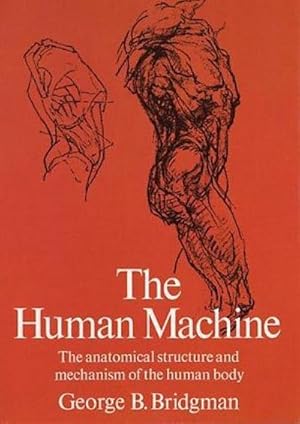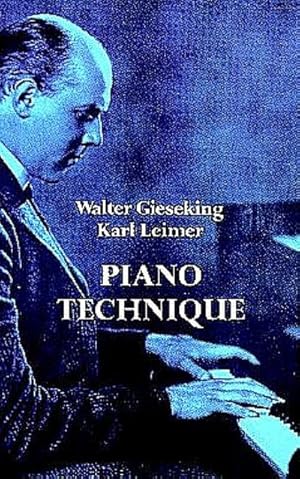dover publications jun 1972 (3 Ergebnisse)
Produktart
- Alle Produktarten
- Bücher (3)
- Magazine & Zeitschriften
- Comics
- Noten
- Kunst, Grafik & Poster
- Fotografien
- Karten
-
Manuskripte &
Papierantiquitäten
Zustand
- Alle
- Neu
- Antiquarisch/Gebraucht
Einband
- alle Einbände
- Hardcover
- Softcover
Weitere Eigenschaften
- Erstausgabe
- Signiert
- Schutzumschlag
- Angebotsfoto
Land des Verkäufers
Verkäuferbewertung
-
Basic Principles in Pianoforte Playing
Verlag: Dover Publications Jun 1972, 1972
ISBN 10: 0486228207ISBN 13: 9780486228204
Anbieter: Smartbuy, Einbeck, Deutschland
Buch
Taschenbuch. Zustand: Neu. Neuware - This little book, written at the height of his career by Josef Lhevinne, the 'inward poet of the piano,' is a clear statement of principles based on his lifelong experience in performance and teaching. Lhevinne was, with Rachmaninoff, Schnabel, and Hoffman, one of the great modern masters, and was the first artist invited to teach at the newly formed Julliard Graduate School of Music.Technique, through essential, must be subordinate to musical understanding. Complete knowledge of scales, apprehended not mechanically but musically; understanding of the uses of rests and silence, which Mozart considered the greatest effect in music; a feeling for rhythm and training of the ear; these are the basic elements of a thorough grounding in musicianship and are accordingly emphasized in the opening chapters.The heart of the book is devoted to the attainment of a beautiful tone. Anyone who has heard Lhevinne play or has listened to one of his recordings will know how great were his achievements in that area. The secret lay, at least in part, in the technique he called 'the arm floating in air,' and in the use of the wrists as natural shock absorbers. The achievement of varieties of tone, of the singing, ringing tone, of brilliancy, of delicacy, and of power are all explained in terms of a careful analysis of the ways in which the fingers, hand, wrist, arm, and indeed the whole body function in striking the keys. There are further remarks about how to get a clear staccato and an unblurred legato, about the dangers of undue emphasis on memorization and the need for variety in practicing, and special comments on the use of the pedal, which should be employed with as much precision as the keys.Throughout, specific musical examples are presented as illustrations. The author draws not only upon his own experiences and methods, but upon the examples of Anton Rubenstein and of his teacher, Safonoff, for this remarkably lucid and concise formulation of basic principles. 64 pp. Englisch.
-
The Human Machine
Verlag: Dover Publications Jun 1972, 1972
ISBN 10: 0486227073ISBN 13: 9780486227078
Anbieter: Smartbuy, Einbeck, Deutschland
Buch
Taschenbuch. Zustand: Neu. Neuware - What is the difference between art anatomy and Bridgman's concept of the human machine The human machine is the body as not only a fixed framework but also as a complex work of art which moves and was designed to move. In over 400 drawings, George B. Bridgman demonstrates the machine through the presentations which made him a gifted lecturer and teacher in his nearly fifty years at the Art Students League in New York and which gave life to drawings by his many students during those years. All skeletal and muscular systems are fully identified, and all are shown in front, back, and side views.The Human Machine begins with the framework of bones. In each section (head, neck, hand, arm, forearm, elbow, trunk, shoulder, back, scapular region, pelvis, hip, thigh, leg, knee, foot, and toe as well as the combinations of the major sections working together), George Bridgman starts with the skeletal components of the system; then he adds the muscles, shows the changes in the muscles as the body moves and, finally, shows the appearance of the bodily section in action. At the title implies, Bridgman, throughout, supplements his anatomical work with comparative drawings of simple machines. The anatomical approach to figure drawing is the foundation for the study of human form, and as in his other books on figure drawing, Bridgman's Life Drawing and The Book of a Hundred Hands, Bridgman's approach to the subject is important and unique. The Human Machine will give students and serious artists the conception of the human structure as the complex of beautiful machines it is, and will show how bone and muscle structures are solely responsible for our movements and for the shapes which we, at various times, display. Unabridged republication of the 1939 edition. 160 pp. Englisch.
-
Piano Technique
Verlag: Dover Publications Jun 1972, 1972
ISBN 10: 0486228673ISBN 13: 9780486228679
Anbieter: AHA-BUCH GmbH, Einbeck, Deutschland
Buch
Taschenbuch. Zustand: Neu. Neuware - This volume presents two books in one--THE SHORTEST WAY TO PIANISTIC PERFECTION (1932) and RHYTHMICS, DYNAMICS, PEDAL AND OTHER PROBLEMS OF PIANO PLAYING (1938)--long sought by students and teachers looking for a radical approach toward developing not only finger technique but expression technique. The book includes complete scores of works discussed in the text.




